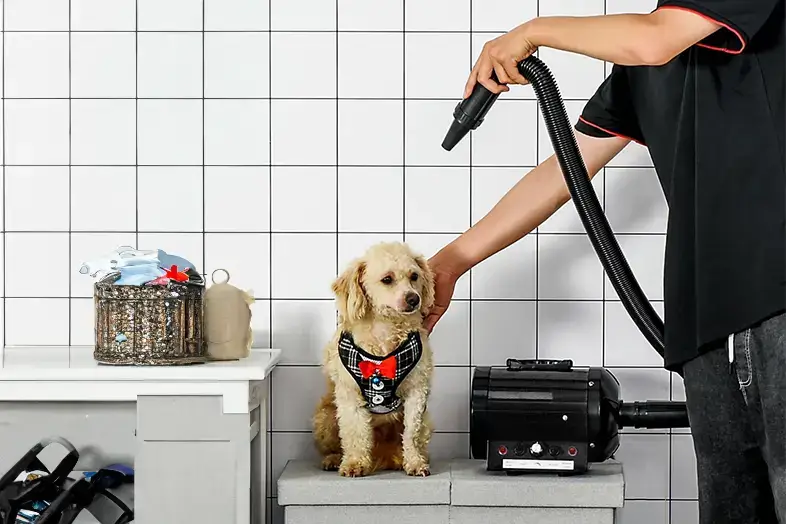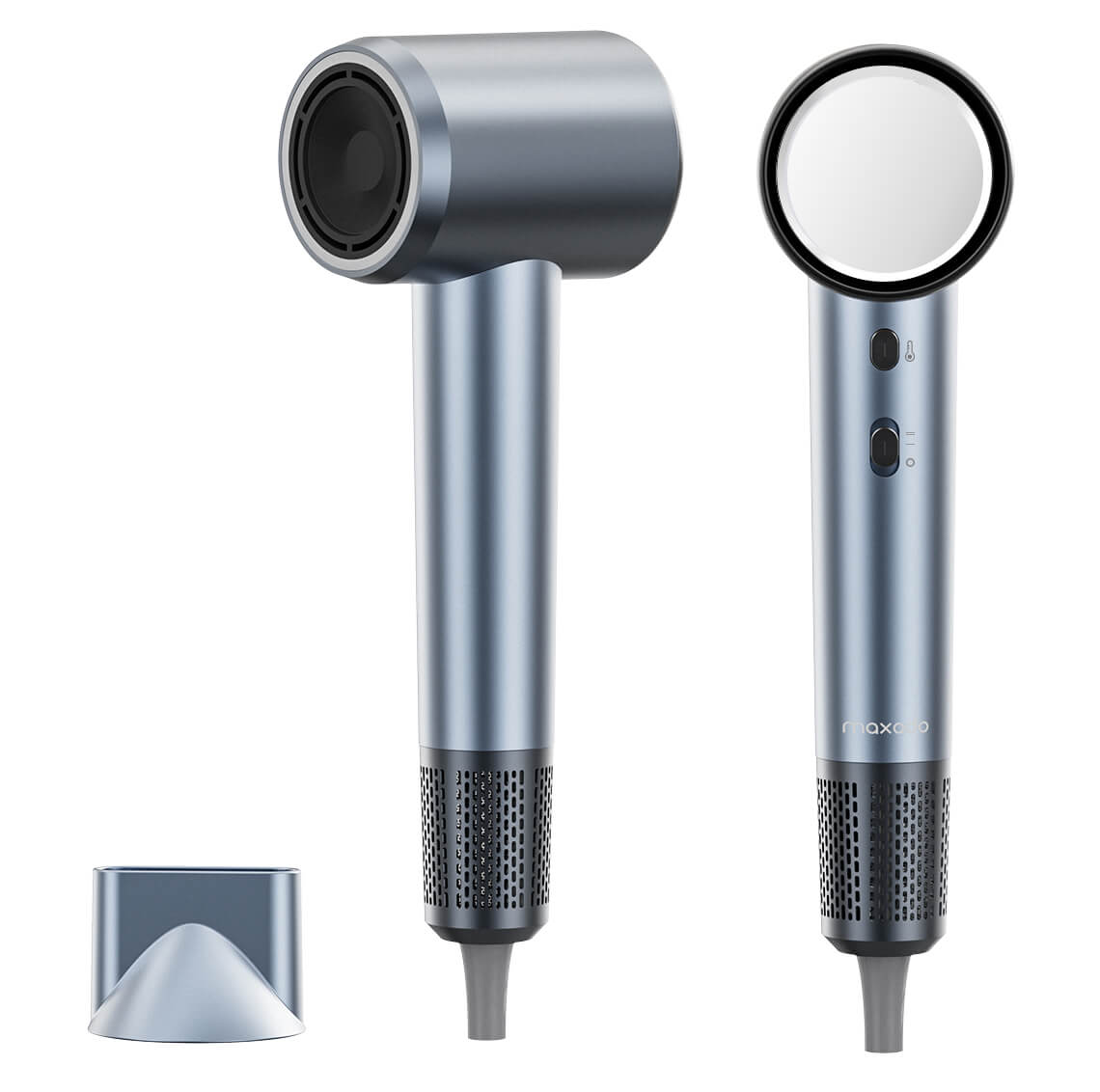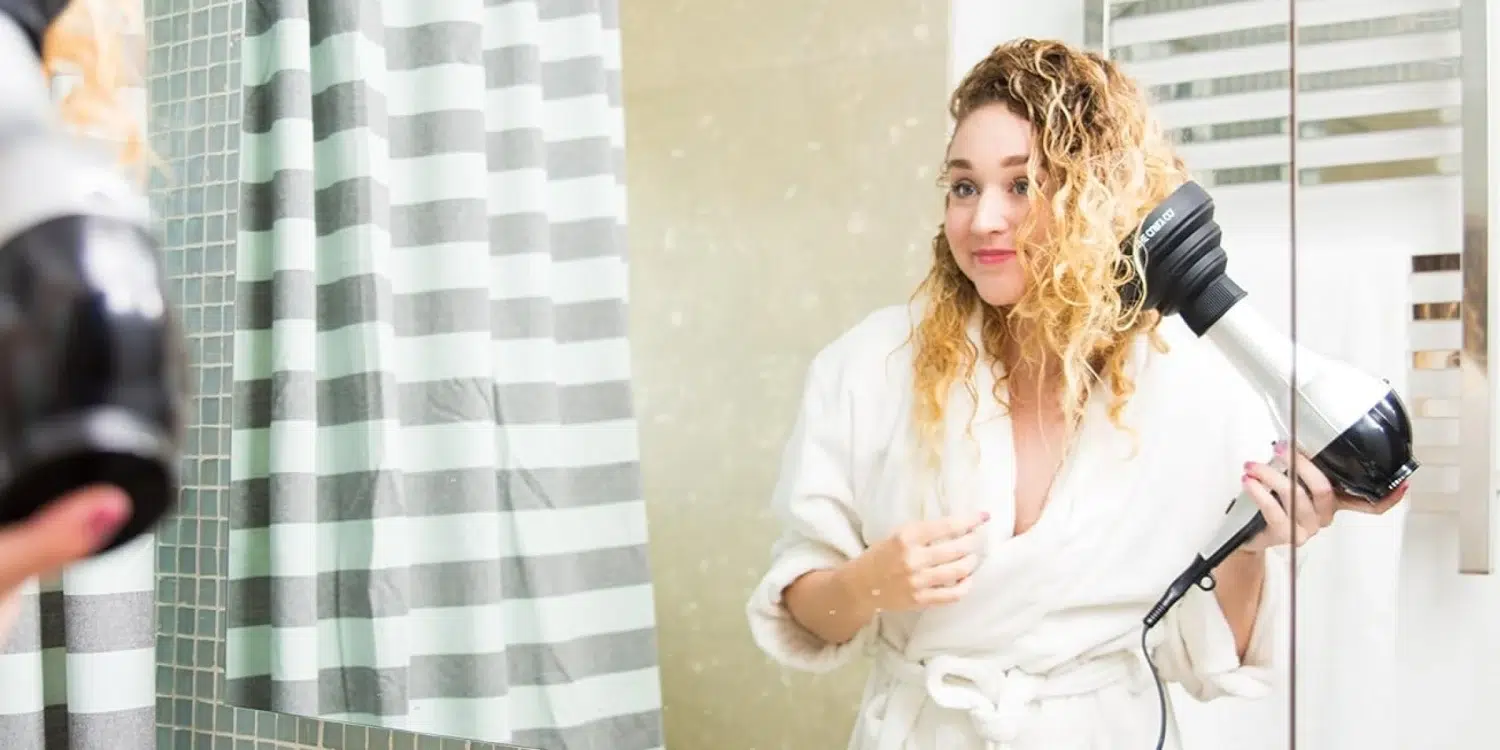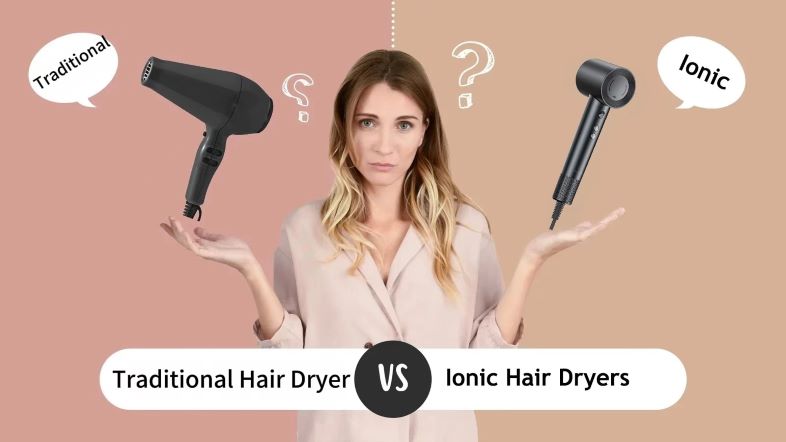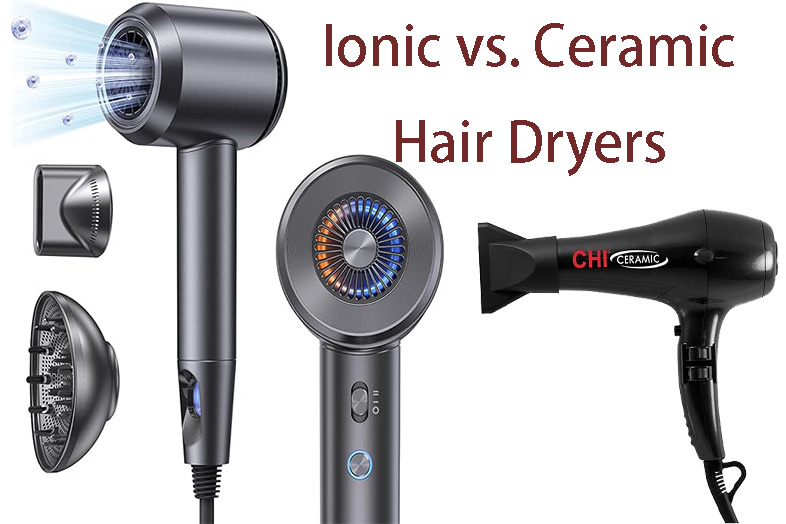Welcome to your go-to guide for selecting the perfect pet hair dryer for your furry friend! Grooming is not just about keeping your pet looking good—it’s an essential part of their health and hygiene. This guide will walk you through everything you need to know to make an informed choice that suits both you and your pet.
Overview of the Importance of Proper Grooming
Regular grooming is crucial for all pets, whether they have long, silky coats or short, coarse fur. It removes excess hair, distributes natural skin oils, and prevents matting and skin issues. More importantly, grooming sessions strengthen the bond between you and your pet and give you the chance to check for any abnormalities that require attention.
Benefits of Using a Pet-Specific Hair Dryer
Using a pet-specific hair dryer can drastically improve the grooming experience for both you and your pet. These dryers are designed to operate at lower temperatures, reducing the risk of burns and discomfort. They are also generally quieter and more adaptable to the specific needs of different types of animal fur, making the drying process faster and less stressful for your pet.
Understanding Pet Hair Dryers
Pet hair dryers are an essential tool for efficient and safe pet grooming. Understanding the types available and how they differ from human hair dryers will help you choose the best one for your pet’s needs.
Different Types of Pet Hair Dryers
Stand Dryers: Ideal for professional groomers or households with large dogs, these dryers offer hands-free operation and variable speed and heat settings.

Forced-Air Dryers: Also known as “blasters,” these do not heat the air but use high-velocity air to blow water, dirt, and debris from the pet’s coat and are great for heavy or double coats.
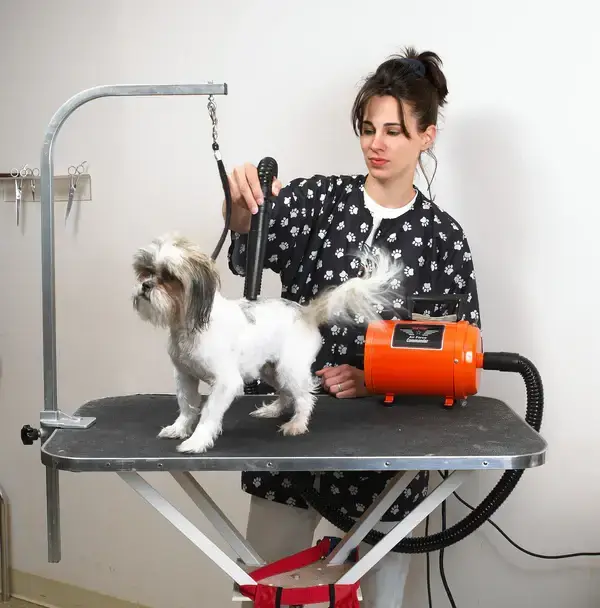
Cage Dryers: Used primarily in professional settings, these are good for drying multiple pets at once with minimal supervision.
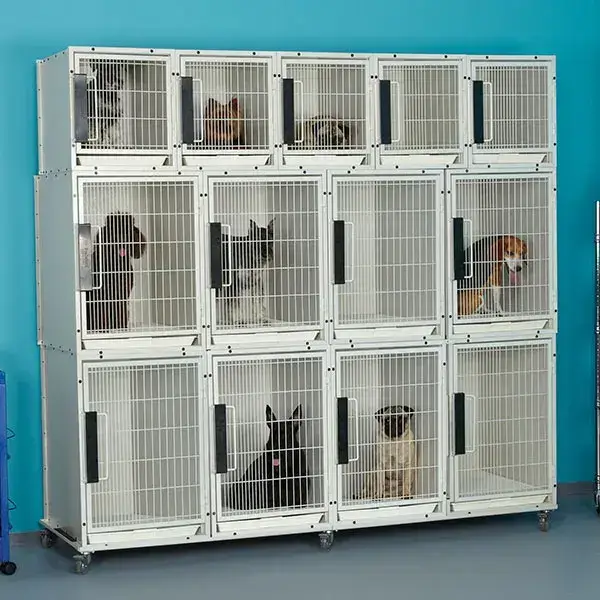
Handheld Dryers: These are similar to human hair dryers but typically feature lower temperatures and come with attachments like nozzles for more targeted airflow.
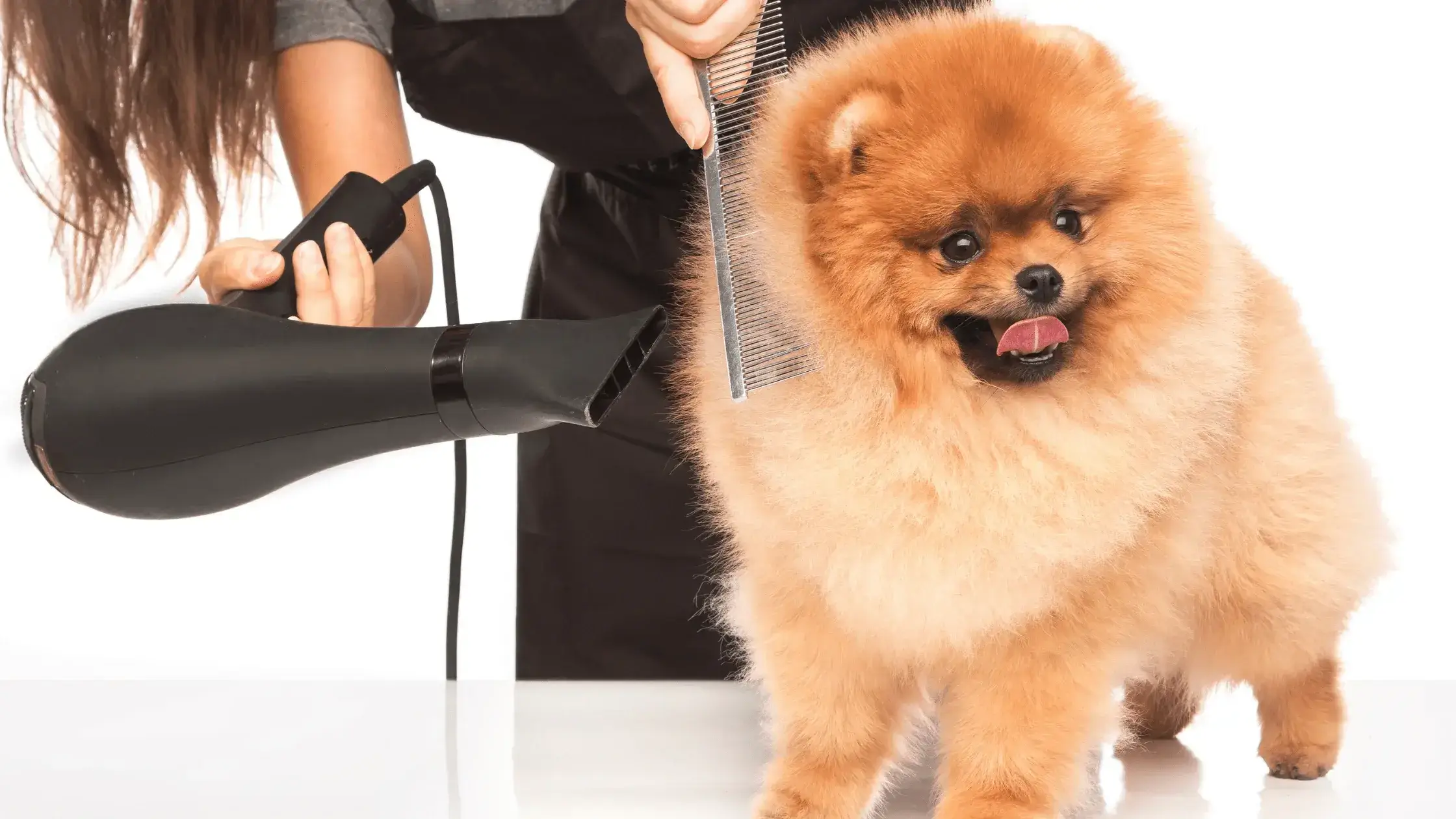
How Pet Hair Dryers Differ from Human Hair Dryers
Pet hair dryers are specifically designed to be safe and efficient for animal fur and skin. Unlike human dryers, they generally operate at lower temperatures to prevent burns and can handle large volumes of hair without overheating. Additionally, they are built to minimize noise to reduce anxiety and fear in pets during drying.
Factors to Consider When Choosing a Pet Hair Dryer
Choosing the right pet hair dryer involves several factors that can influence the health and comfort of your pet:
Pet Species and Breed Considerations
The breed of your pet can determine the type of dryer you need. For example, thick-coated breeds like Huskies or Collies might benefit from a high-velocity dryer, whereas breeds with delicate coats like Yorkies would be better suited to a gentle handheld model.
Hair Type and Length
The length and texture of your pet’s coat are crucial in choosing a dryer. Long-haired pets require a dryer with a strong airflow to penetrate deep into their fur, whereas short-haired animals might need less power and more heat control.
Sensitivity and Noise Levels
Consider your pet’s sensitivity to noise and heat. Some pets may be frightened by the loud noise of high-velocity dryers, making quieter models with adjustable settings a better choice.
Speed and Temperature Settings
Look for dryers with adjustable speed and temperature settings. This flexibility can help cater the drying process to your pet’s tolerance levels and drying needs, ensuring they remain comfortable throughout the process.
Top Pet Hair Dryer Models on the Market
When choosing a hair dryer for your pet, it’s essential to select a model that meets their specific grooming needs. Here we break down the three main types of dryers: stand dryers, forced-air dryers, and portable/handheld dryers.
Stand Dryers
Stand dryers are ideal for professional use or for pet owners with multiple pets. They feature a sturdy base and an adjustable stand that allows you to position the dryer exactly where you need it. This hands-free design is perfect for long grooming sessions, enabling thorough drying without causing fatigue.
Forced-Air Dryers
Also known as “blast dryers,” these are among the most powerful types available. Forced-air dryers don’t use heating elements but instead use high-speed air to blow water off the coat, which can significantly reduce drying times. They are particularly effective for thick, dense coats that hold a lot of water.
Portable and Handheld Dryers
These compact and lightweight dryers offer great convenience and are perfect for home use or on-the-go grooming. Many portable models come with adjustable settings for speed and heat, making them versatile for different coat types and sensitivities.
Review of Features and Specifications
When comparing pet hair dryers, consider the following features:
Power and Speed: Higher wattage for professional-grade models can handle more volume and thicker coats.
Temperature Controls: Adjustable heat settings allow for a gentle drying on sensitive pets.
Noise Level: Look for models with noise-reduction technologies if your pet is noise-sensitive.
Attachments: Different nozzles can be suited for varied coat types and grooming techniques.
Weight and Ergonomics: Ensure the dryer is comfortable to hold if opting for a handheld model.
Safety Tips for Using a Pet Hair Dryer
Ensuring the safety of your pet during drying is crucial. Here’s how to make the experience as safe as possible:
How to Introduce Your Pet to a Hair Dryer
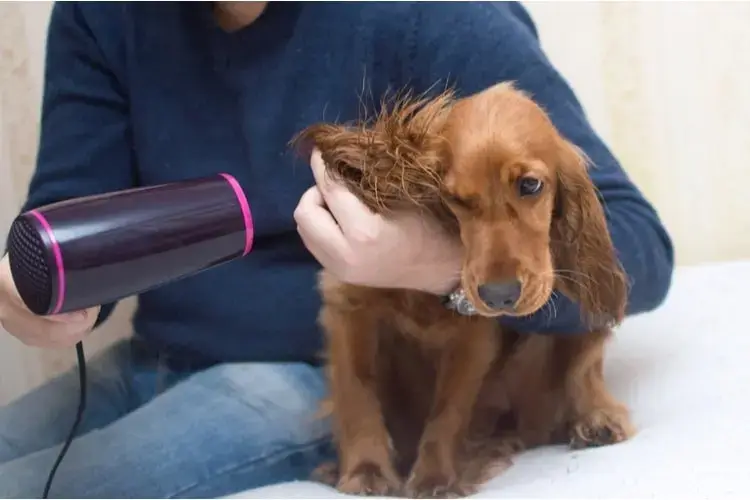
Start by letting your pet inspect the dryer while it’s off to get familiar with its look and smell. Turn it on away from the pet so they can hear the sound it makes. Gradually bring it closer over several sessions, rewarding them for calm behavior with treats.
Safe Drying Techniques
Always keep the dryer moving and avoid focusing on one spot to prevent burns. Hold the dryer at least a few inches away from the pet’s coat. Use a lower heat setting and increase it only if necessary and your pet is comfortable with it.
Preventing Overheating and Burns
Regularly check the temperature of the air on your own skin to ensure it’s not too hot. Pay special attention to sensitive areas like the face, ears, and underbelly. If your pet shows any sign of discomfort, adjust the settings or give them a break from the drying process.
Maintenance and Care for Pet Hair Dryers
Cleaning and Upkeep
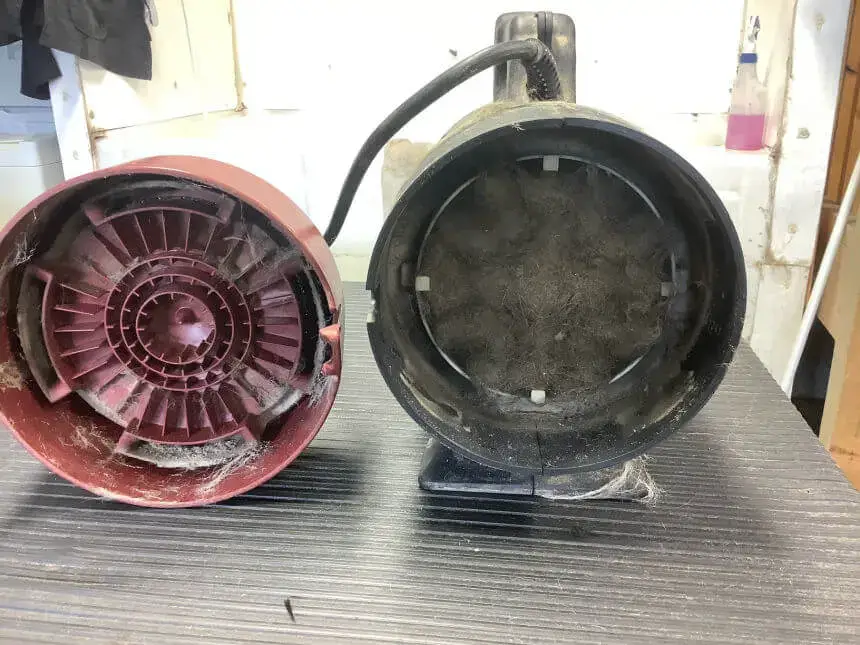
To ensure that your pet hair dryer operates efficiently for years to come, regular cleaning and maintenance are essential. Start by unplugging the dryer and wiping the exterior with a damp cloth to remove dirt and fur. For dryers with air filters, remove the filter monthly and wash it under warm water, allowing it to dry completely before reinserting it. Check the hose and nozzle attachments for any blockages or buildup of pet hair, and clear them regularly to maintain optimal airflow.
Common Issues and Troubleshooting
Pet hair dryers can sometimes face mechanical issues, such as overheating, reduced airflow, or unusual noises. If your dryer overheats, turn it off immediately and allow it to cool before checking for any obstructions. Reduced airflow typically indicates a clogged filter or hose; cleaning these components often resolves the problem. Should the dryer make rattling or buzzing sounds, inspect it for loose parts or debris stuck inside the mechanism. Consult your manufacturer’s manual for specific troubleshooting tips and consider professional repair if problems persist.
Expert Advice and Recommendations
Insights from Professional Groomers
Professional groomers emphasize the importance of choosing a dryer that suits your pet’s specific needs to prevent anxiety and ensure a pleasant grooming experience. They recommend introducing your pet to the dryer gradually, using treats and positive reinforcement to create a positive association with the device. Additionally, always keep the dryer at a comfortable distance and use a low heat setting to avoid frightening your pet or causing skin burns.
Recommended Products for Different Breeds and Sizes
Selecting the right pet hair dryer varies significantly depending on your pet’s breed and size. For small breeds like Chihuahuas or cats, a portable handheld dryer with adjustable heat settings is often sufficient. Medium-sized animals, such as Cocker Spaniels or French Bulldogs, may benefit from a more robust forced-air dryer, which can efficiently handle denser coats. Large breeds, like Golden Retrievers or German Shepherds, might require a stand dryer for a more thorough and quicker drying process due to their size and fur volume.
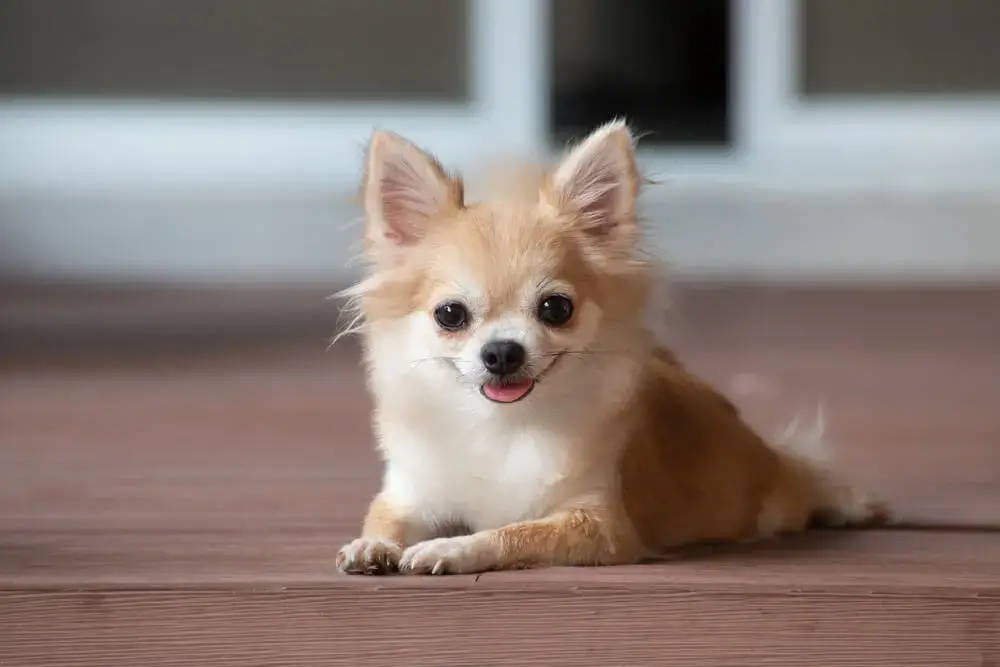
Conclusion
Recap of Key Points
We’ve discussed the importance of choosing the right type of pet hair dryer, considering factors like pet size, breed, and fur type. Safety tips, such as proper drying techniques and dryer maintenance, are crucial for a safe and enjoyable grooming experience. Additionally, insights from professionals offer guidance on how to ease your pet into the drying process, making it less stressful for both you and your furry friend.
Final Thoughts on Selecting the Best Dryer for Your Pet
Selecting the perfect hair dryer for your pet is a decision that should be tailored to their specific needs, taking into account their comfort and safety. By carefully considering the features and recommendations discussed, and possibly consulting with a professional groomer, you can make an informed choice that enhances the grooming routine and strengthens the bond between you and your pet. Remember, the right tools not only improve care but also contribute to your pet’s overall well-being.
